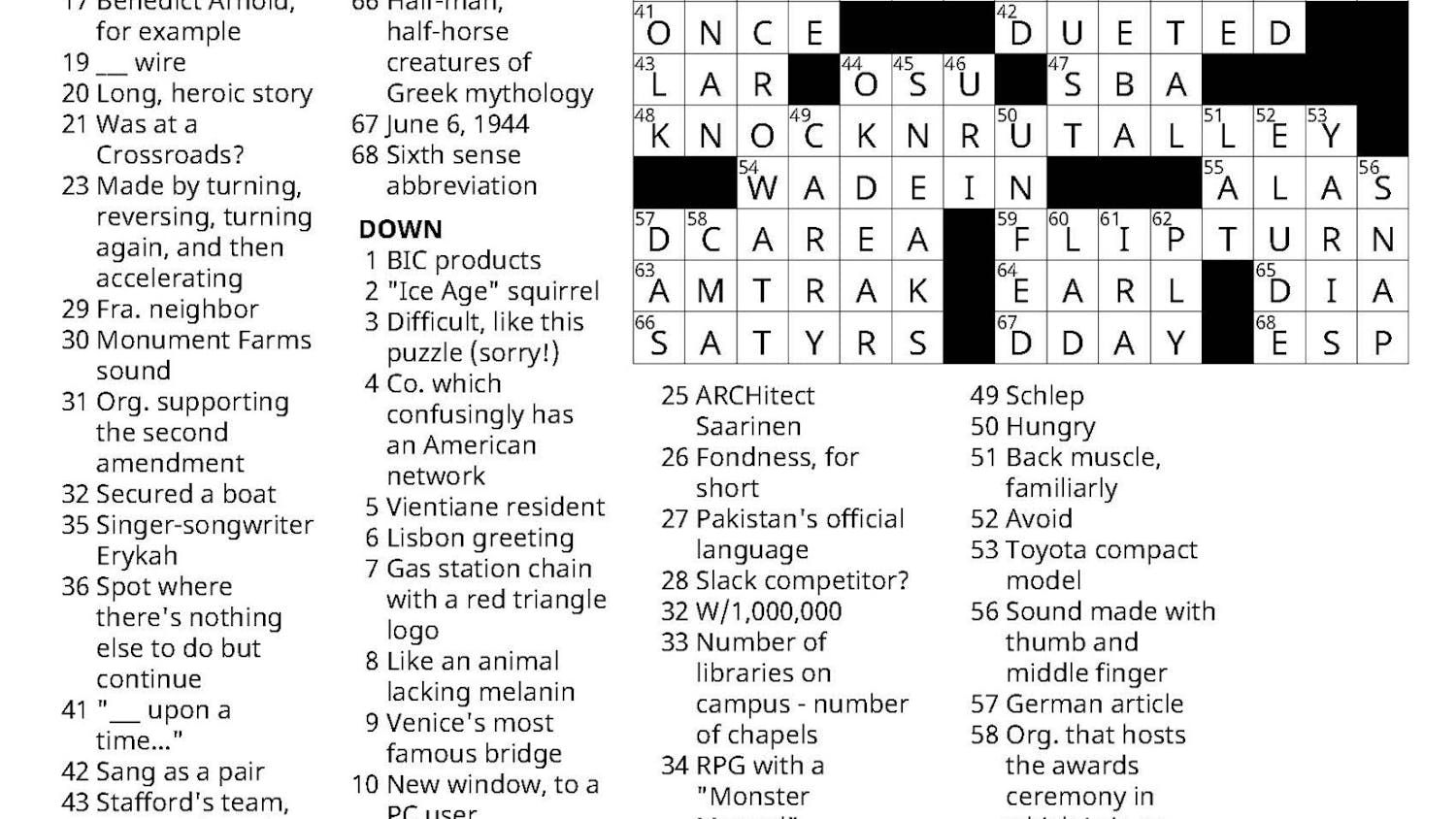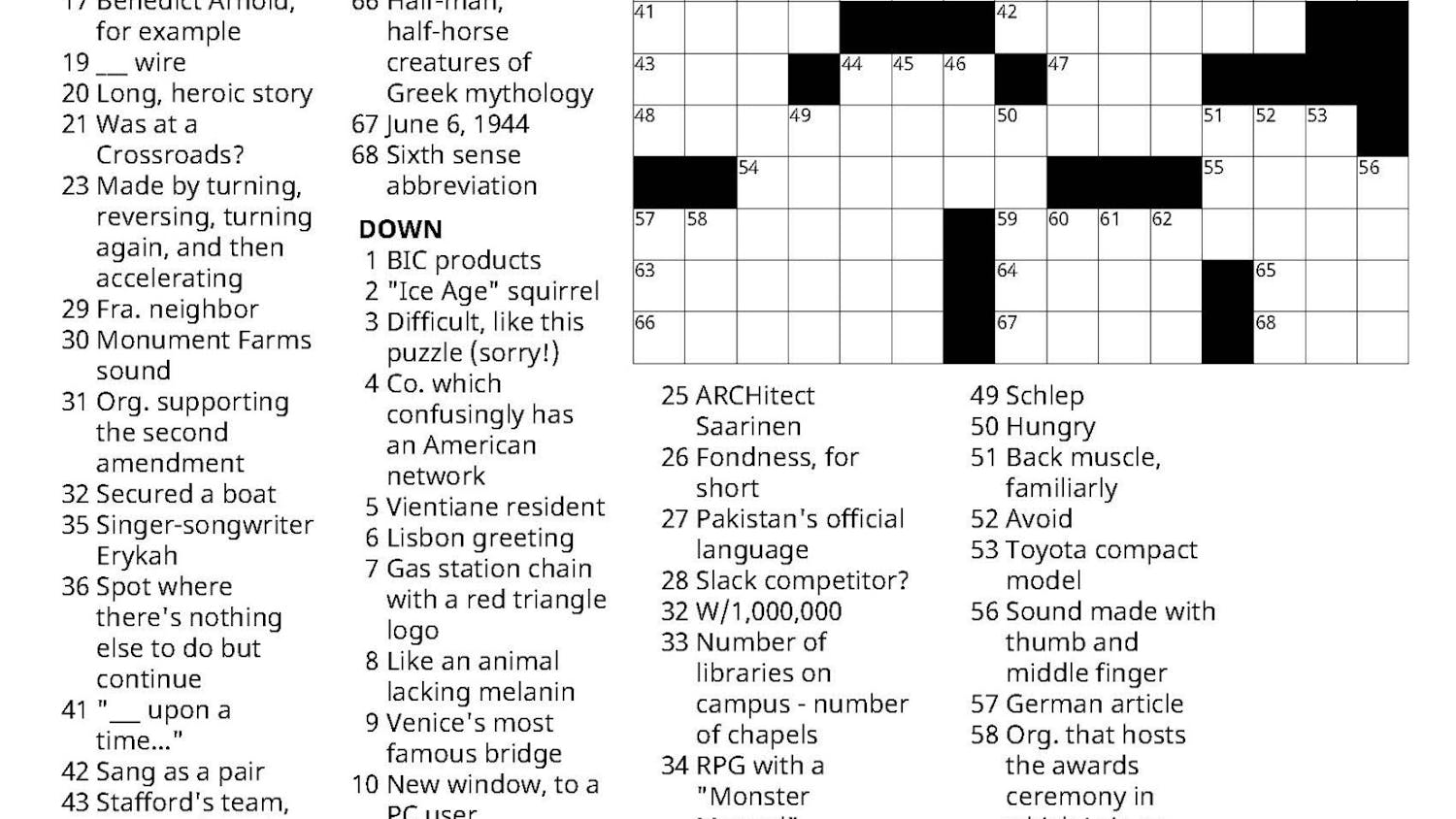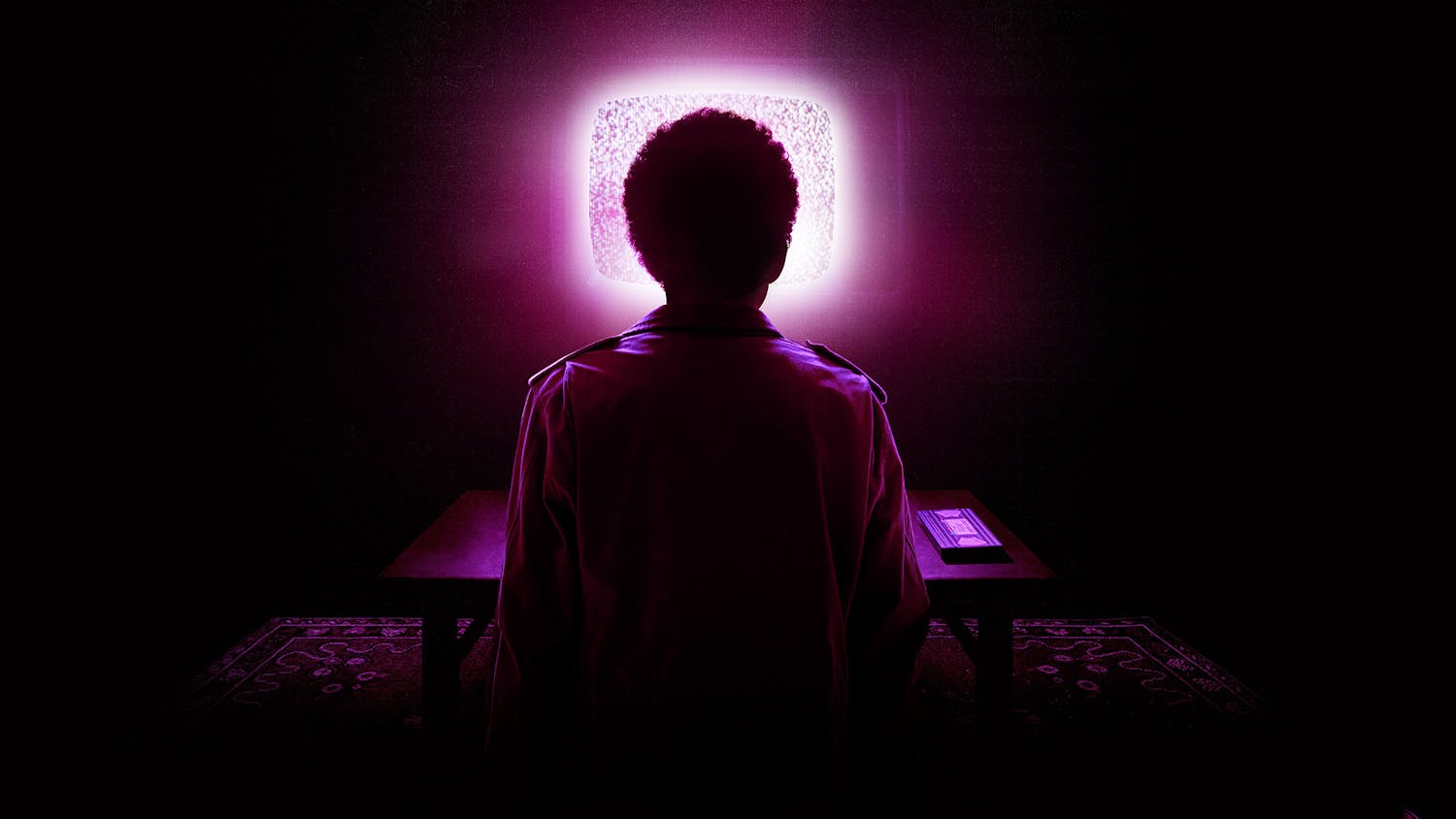Author: Kate Prouty
A petite dancer unlaces profoundly weighted combat boots from her feet, places them at the front of the stage and begins a thoughtful dance inspired by the World War II veteran she has been interviewing for months. Using movements as her words she retells his story, respectfully and abstractly with dance as a vehicle for understanding — for him, for his family and for all the unnamed soldiers and relatives seeing Tamar Rogoff's piece, "Pacifist Soldier."
Unlike other art forms, dance uses motion and physicality rather than a narrative structure to channel its symbolism. As movement vocabularies continually expand, audiences are still learning how to interpret movement. There are no dictionaries as there are for languages and so movements, unlike words, maintain a high capacity for varied interpretation. As a result, through abstraction, the forms of human feeling generated by the choreographer exist for an audience in a new context that is symbolic as well as universal.
In other words, dance has the possibility to mean what you want it to mean. Too often audiences struggle to define the exact story that a choreographer is telling rather than listening more closely to identify what story they are actually hearing.
For example, although Rogoff's piece specifically explores the experience of soldiering, its many meanings extend beyond soldiering to address emotions — like separation, loss and humiliation — that are not intrinsically linked with war.
Rogoff is just one modern dance choreographer who has taken personal angst from a crisis (reconciling her father's involvement in World War II) and translated it into a dance with universal application. Bill T. Jones is another that comes to mind. He has choreographed pieces that address slavery and the wrongful stereotyping of African Americans in Harriet Beecher Stowe's landmark novel "Uncle Tom's Cabin" ("Last Supper at Uncle Tom's Cabin/The Promised Land," 1990) as well as the destruction caused by HIV and AIDS ("Still/Here," 1994).
Whereas Rogoff's motivation was familial, Jones aimed to expose hypocrisy by vindicating public and historical injustices. Both, however, are crises.
German choreographer Kurt Jooss also turned to dance as a public forum for political protest. His most notable work "The Green Table" (1932) used dance as an expressionistic view of the origins and the horrors of war as Hitler rose to power. To symbolize the faces of death that control times of war, Jooss used what became a famous scene of masked diplomats negotiating around the eponymous green table.
Across war, oppression and disease, using dance as an emotional salve to assuage times of crisis, whether it is personal or public, connects these choreographic responses.
Movement provides solace not only for the choreographer who was inspired to interpret the crisis, but also for the audience that buys tickets to witness this political or social commentary. Visiting Assistant Professor of Dance Peter Schmitz admits that "political art is tricky," but also essential in that "it can and does have the availability as an artistic expression and as a way of bringing the community together."
If nothing else, politically charged dance literally brings people together in a room, forming a community. Whether their reactions to the work are cohesive or "right" becomes less important than the fact that the dance has created a forum for dialogue and a network for support.
It is thus by posing questions and not answers that dance and other art forms responding to crisis are perhaps most effective. However, it is not always seen as such.
In response to his dances inspired by social injustices, Jones said in an interview for Salon that he has noticed that "most people don't want art to be challenging. If it's dance, they want it to be pretty. Anything that questions religion or sexuality is suspect." Despite this conservative concern, there is nothing frightening about something that creates discussion and heightens contemplation around areas of crisis.
As Jones continues, by responding to crisis, dance, "challenges people to contemplate the internal landscape, which is a scary place, particularly when the art connects with your own doubts about the person sitting next to you, your own doubts about any controlling force in the universe. With a non-narrative structure, there is no center that tells you where to look, and this places the whole onus of your life's trajectory on you. People have to develop their own moral systems."
Developing new moral systems and a compassionate identity for our universe develops as a by-product of process as well as performance. It is in this way that dance has a responsibility within the arts community to answer the cry of crises with the creation and public display of movement.
Dance Addresses Crisis by Abstracting Emotion
Comments



